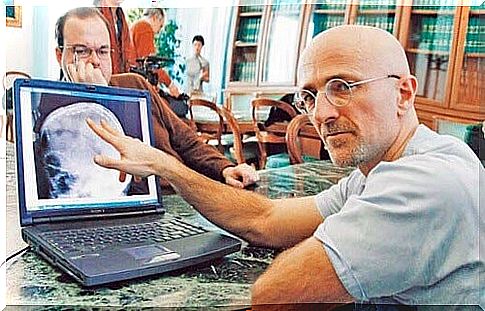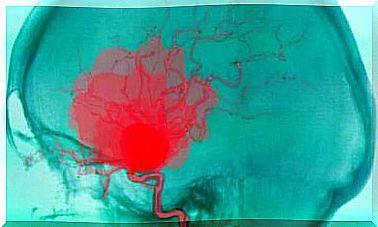Head Transplant: Russian Volunteer Volunteers First In History
HEAD TRANSPLANTATION. You might also think that all this news is sensationalism. However, we just have to remember what the idea of having a heart transplant meant a few years ago.
Advances in medicine occasionally have something supernatural, and it can even go beyond what many consider to be moral or ethical. But if through these techniques we can save people and offer a good quality of life, they will be well received.
Today, in our space, we talk about an almost unbelievable project: the first head transplant.
Valeri Spriridonov, the first volunteer for a head transplant
His name is Spriridónov Valeri, he is 30 years old and a computer programmer. If you want to know why a young person would want to volunteer, it’s simple. And ste young suffer from muscle atrophy, so soon lose its mobility.
He was just a year old when he was diagnosed with the disease called Werdnig-Hoffman. Your life, therefore, is a kind of countdown in which, each day, your body becomes its own prison.
Gradually, his spinal cord is being more affected and, although they have not given many guarantees that he will pass his first year of life, Spiridonov has been living for more than 29 years. What awaits you then? Nobody knows, but what is very clear is that we will never see an aged face.
The surgeon and architect of this project and who would perform his head transplant would be neurosurgeon Sergio Canavero. As he explained to Spiridonov: “People who suffer from spinal muscular atrophy have priority in this type of operation.”
You will be surprised to learn that it was the young man himself who contacted the doctor after finding information on the Internet. His family approved of his idea and, today, a head transplant is this Russian programmer’s only hope.
Sergio Canavero: “Head transplant is possible”


We talked about the person who volunteered for the first head transplant. Now, we find the man who will carry out this almost impossible operation: Sergio Canavero.
He is a neurosurgeon at Molinette Hospital in Turin. In June of this year, he once again presented his idea at the annual conference of the American Academy of Neurologists and Orthopedic Surgeons in Maryland (United States).
Basic ideas of head transplantation
- In 1970 Sergio Canavero performed a head transplant on a chimpanzee. However, it was not successful because the animal was unable to move. The reason? The spinal cord did not adhere properly and the animal died shortly thereafter. It’s sad, no doubt.
- He explains that today he would be successful and the severed parts of the spinal cord would be perfectly joined together by a discovered chemical substance, called polyethylene glycol.
- It takes, as you can already imagine, a donor, so a recently deceased person will supply his body to science, as has been done with other organs.
- According to Sergio Canavero, 150 people would be needed to carry out the operation. It also takes the approval of an ethics committee, and ten million euros to create the appropriate laboratory.
- The operation would take 36 hours. And, believe it or not, all of this could be accomplished within two years, long enough to give Spiridonov another chance.
This seems to be hopeful for people with quadriplegia, for patients like Valeri himself, and for those patients who have suffered a traumatic accident and who are now in a wheelchair.

Preparations
The scientist himself tells us that before the operation the patient will have to be induced into a coma and then implant some electrodes in the spine to stimulate the creation of new nerve connections.
After that, proceed to the union of the spine of the head with that of the receiver’s body. It is both a complex and labor intensive process where the aforementioned chemical will be used. With him, everything will be united. Finally, the muscles and blood vessels will be sutured.
If all goes well, the patient would take more than a year to walk again, during which time the brain will have to get used to reacting to this new organ.
However, other problems could also present themselves… Would the person himself accept this foreign body? Would you see him as yours?
The complexity can go beyond the nerves and spinal cord. The conscience must also face this challenge. We will then see how the topic will advance.
What did you think? Want to leave your opinion?
This and other articles are on our page, so stay with us.








